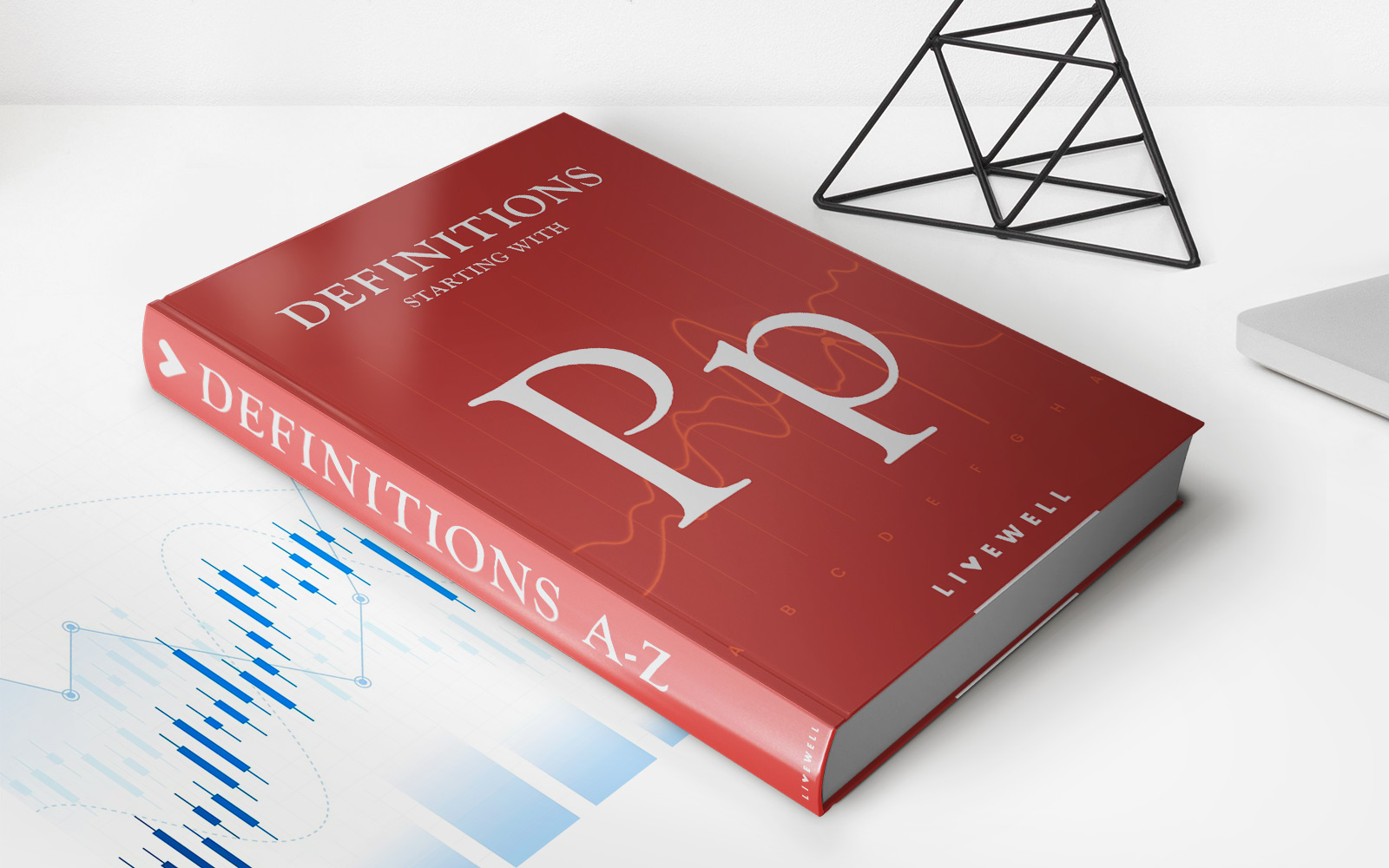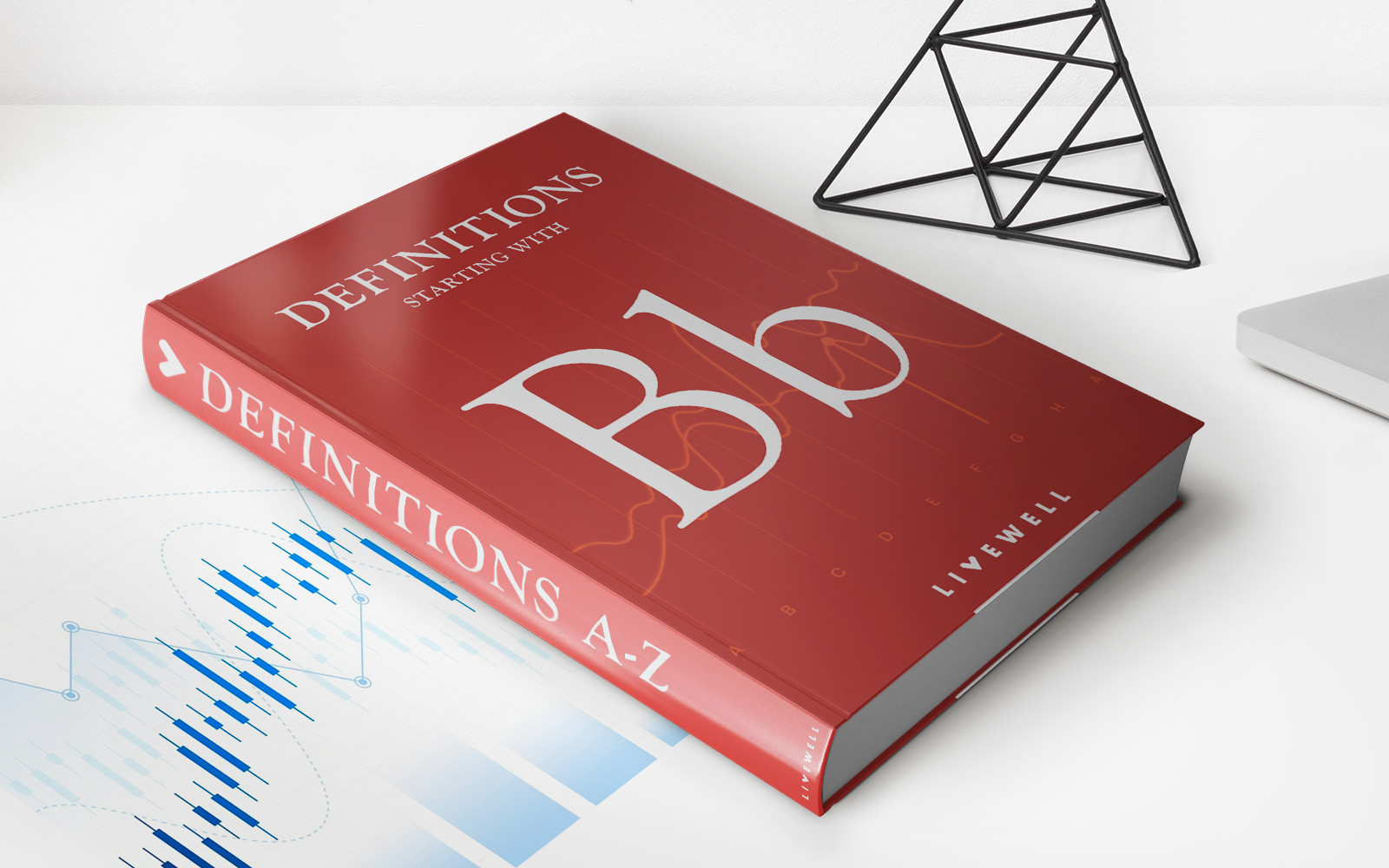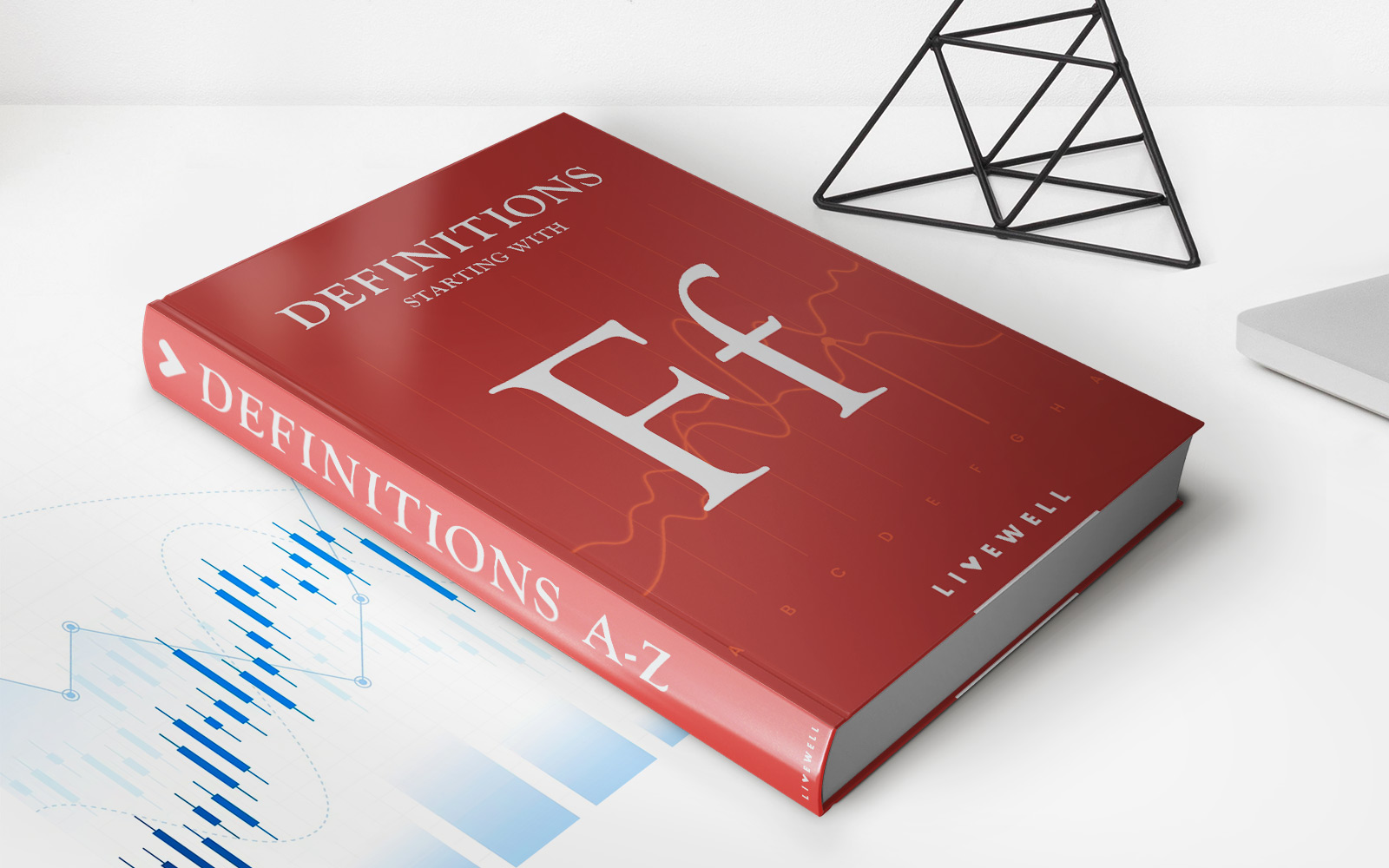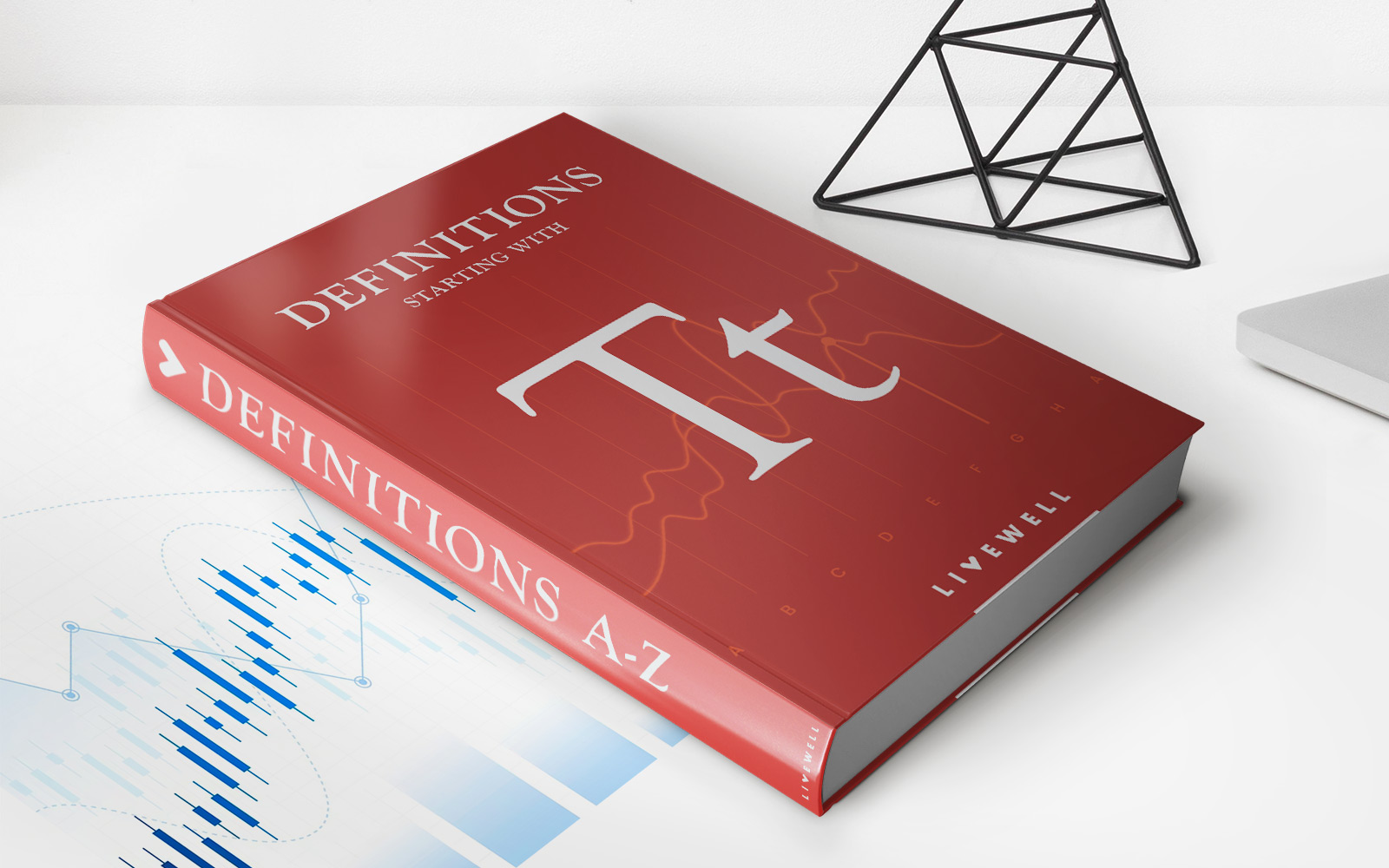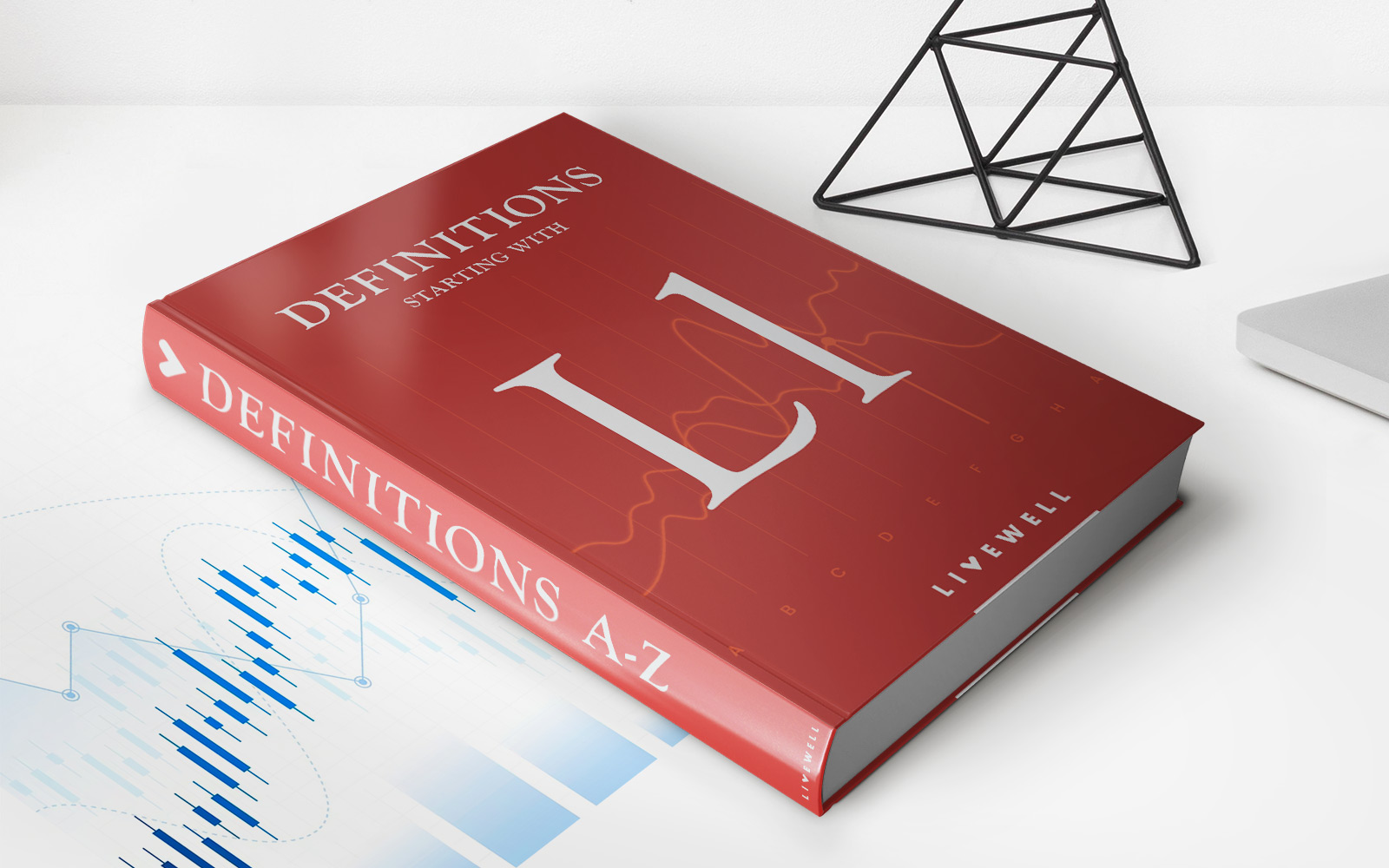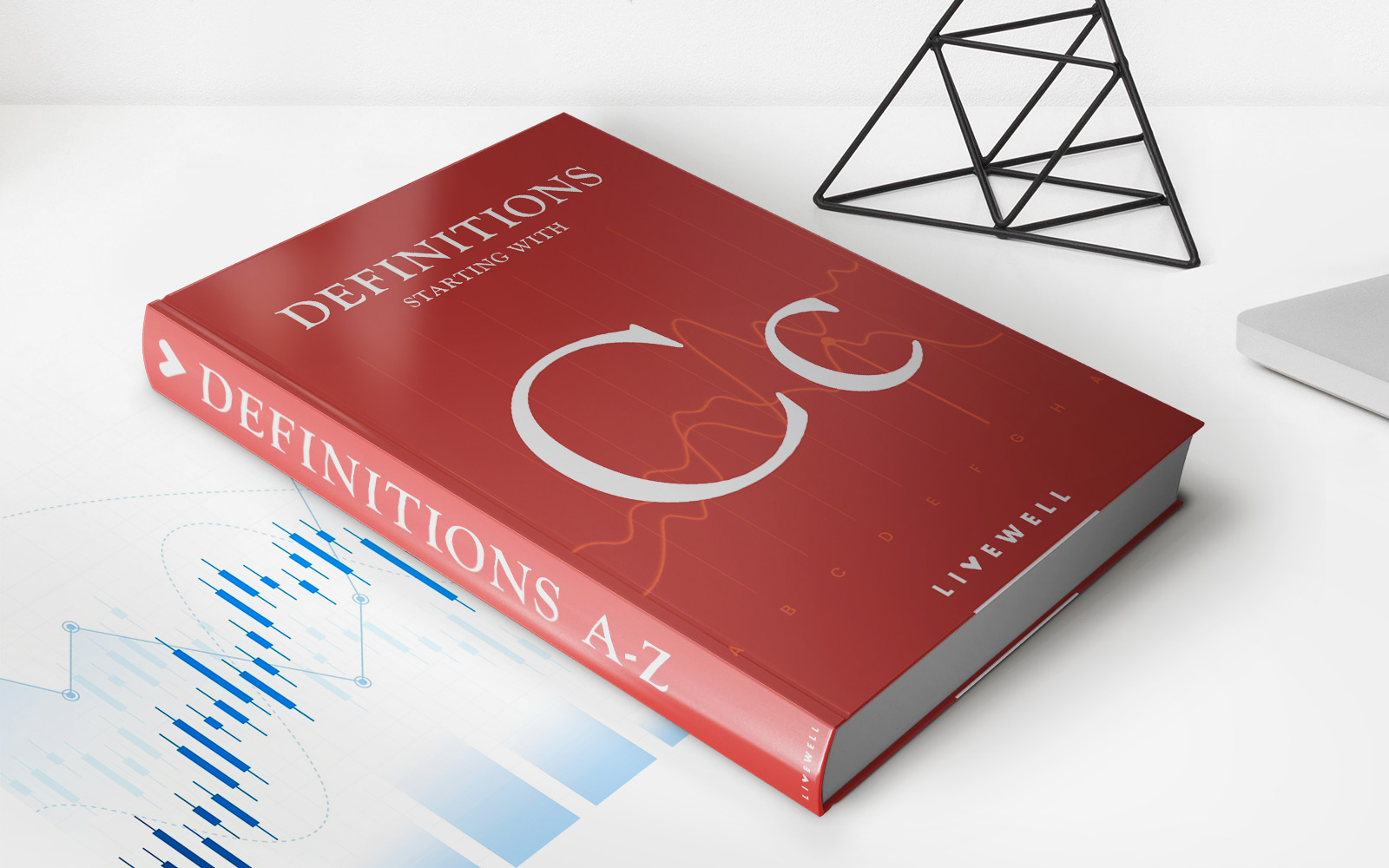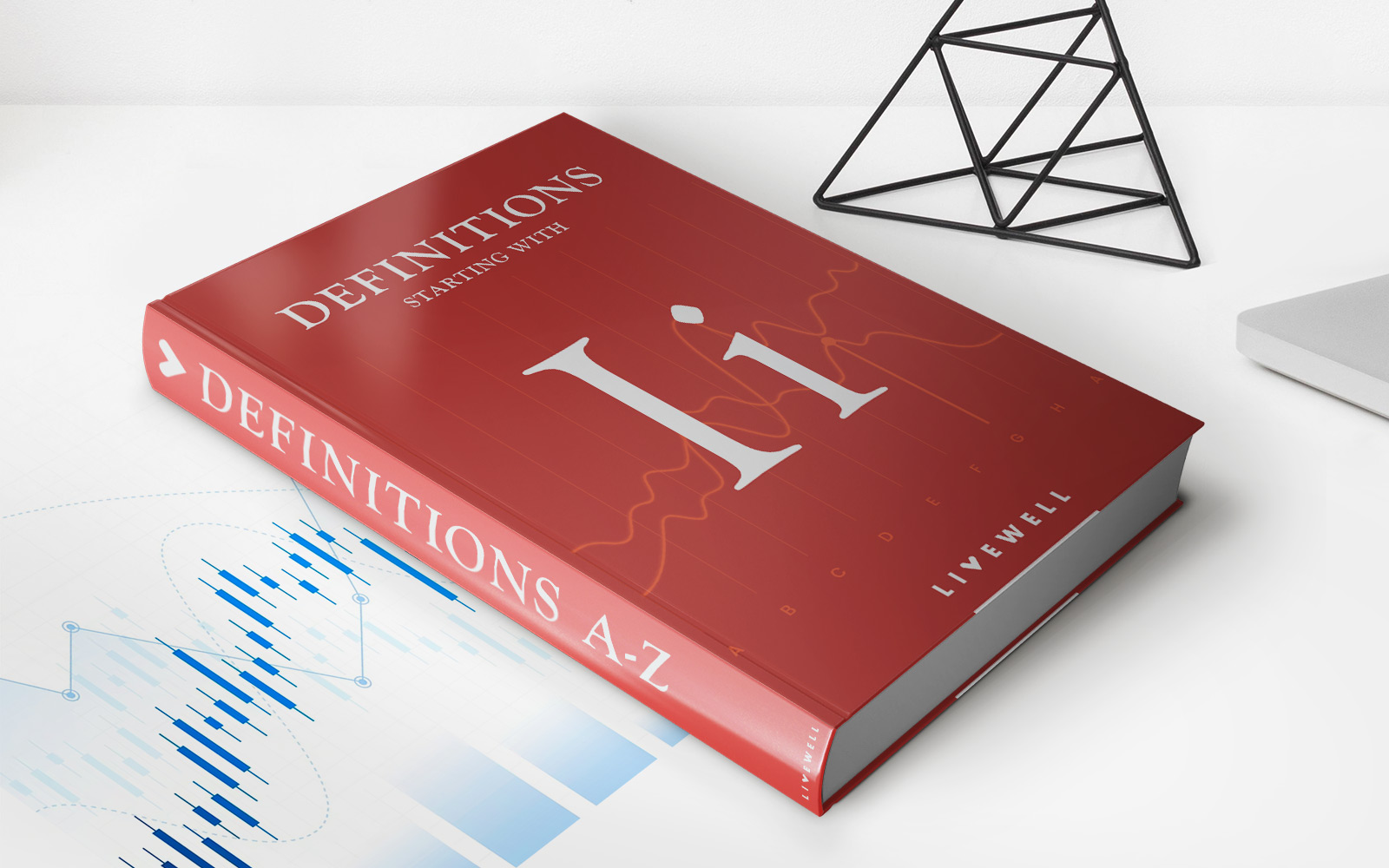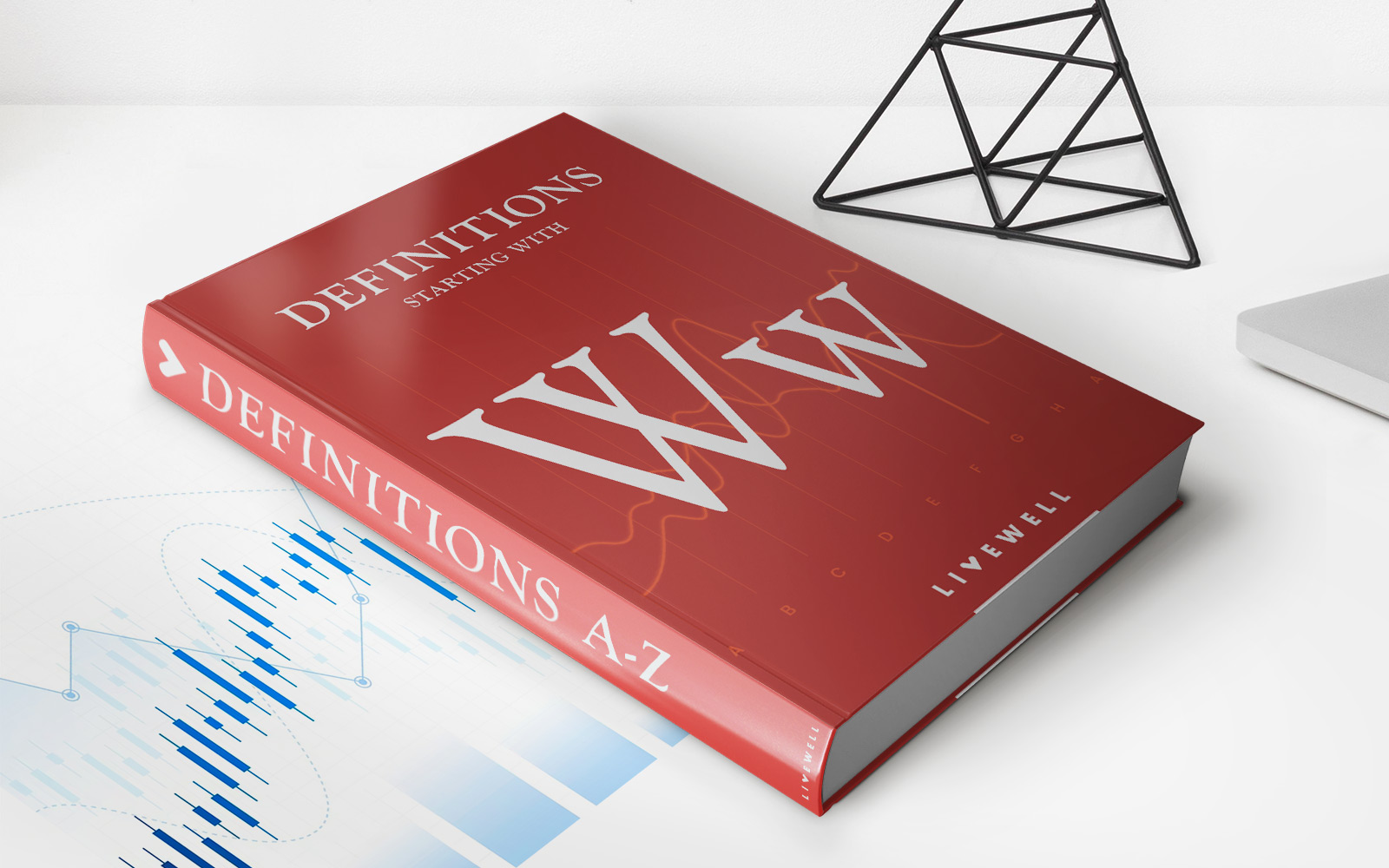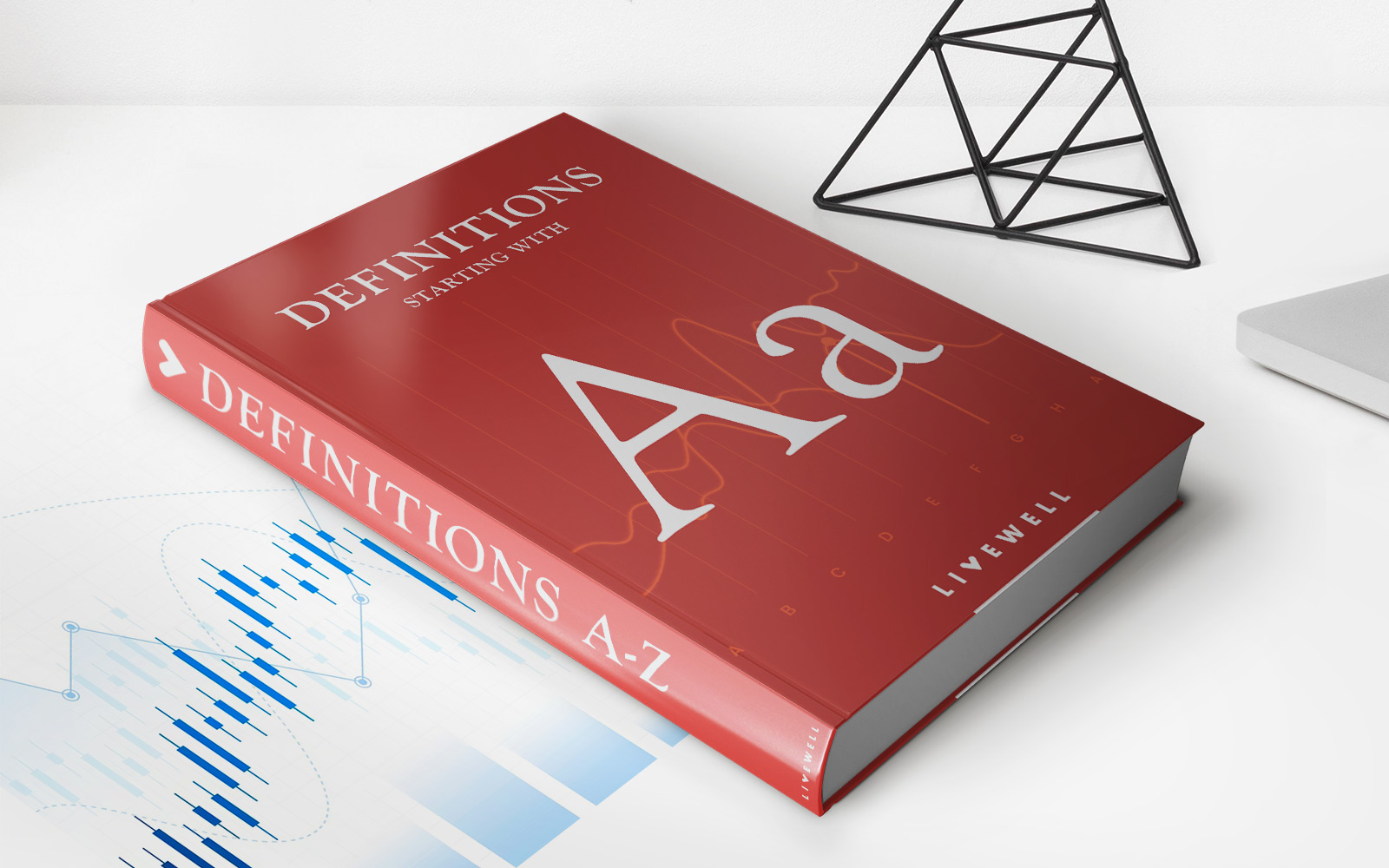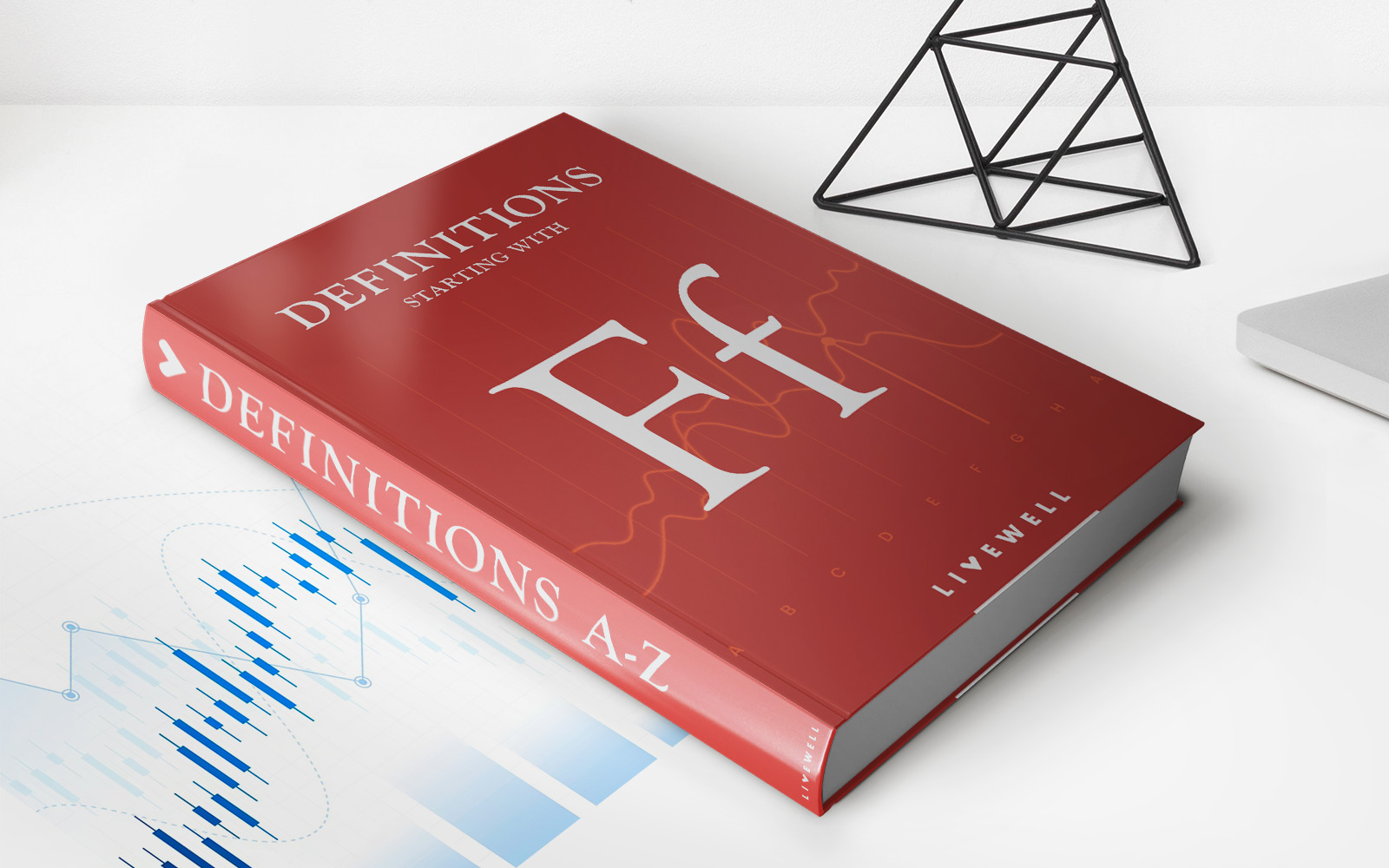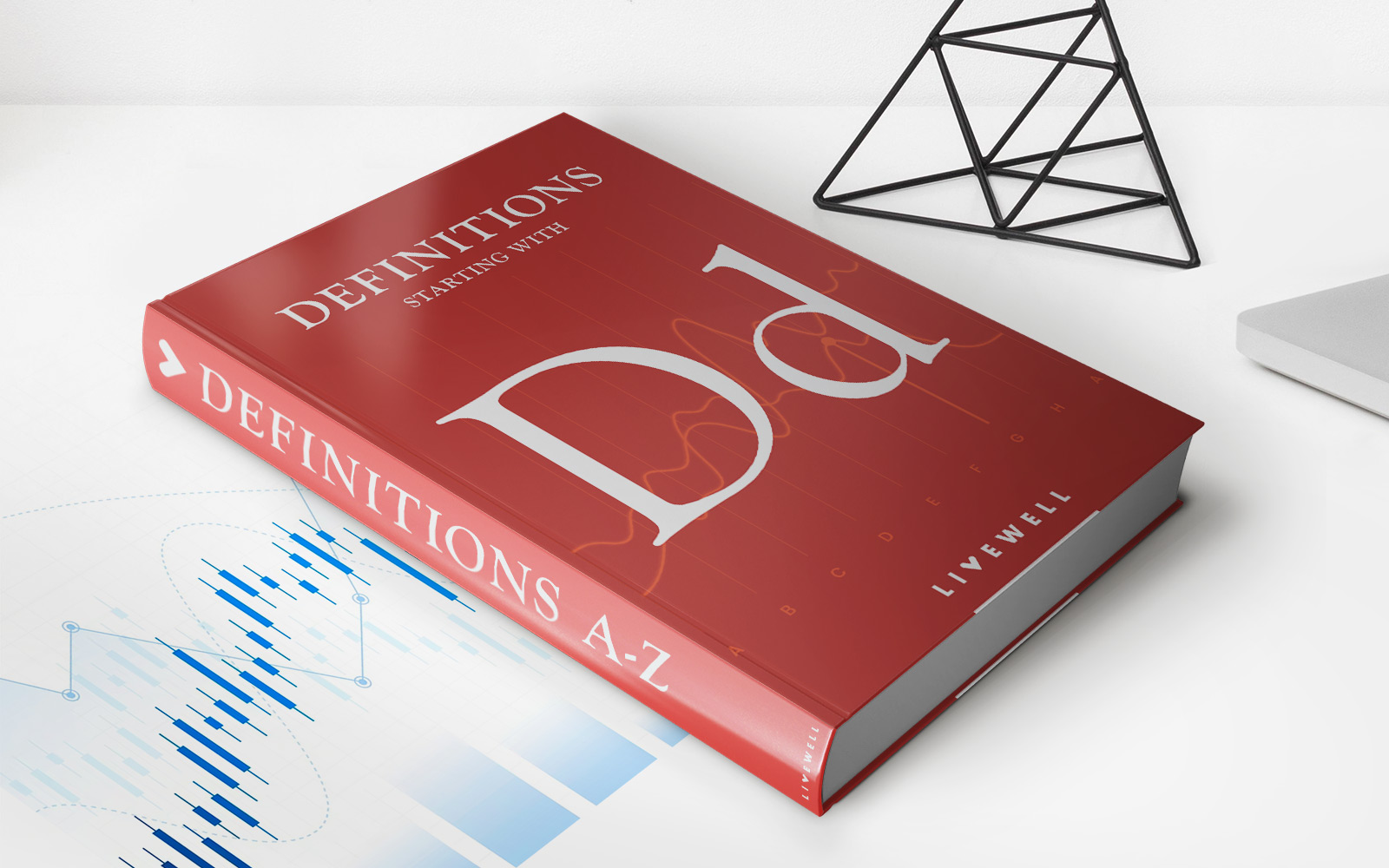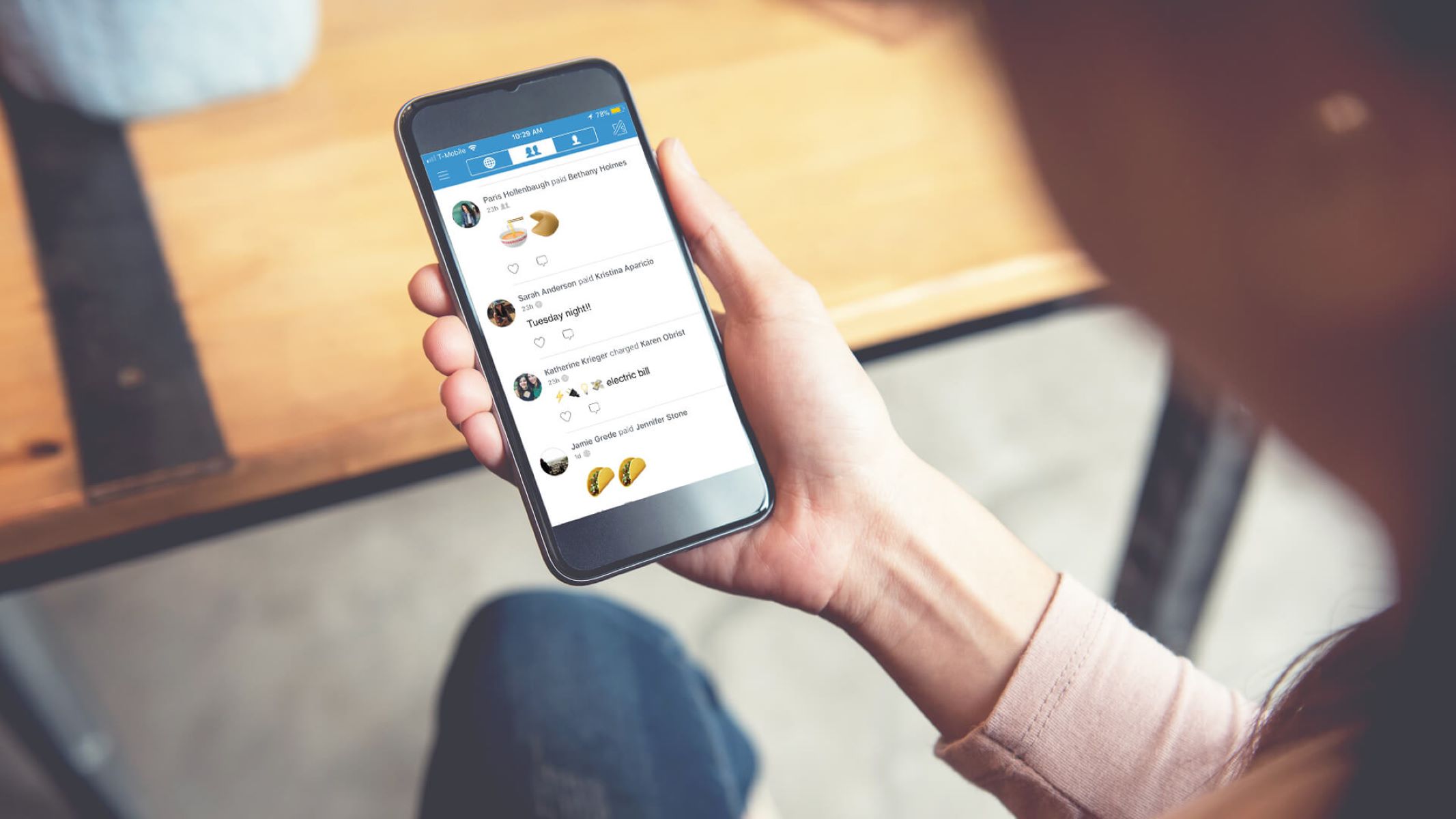Home>Finance>Buydown: Definition, Types, Examples, And Pros & Cons
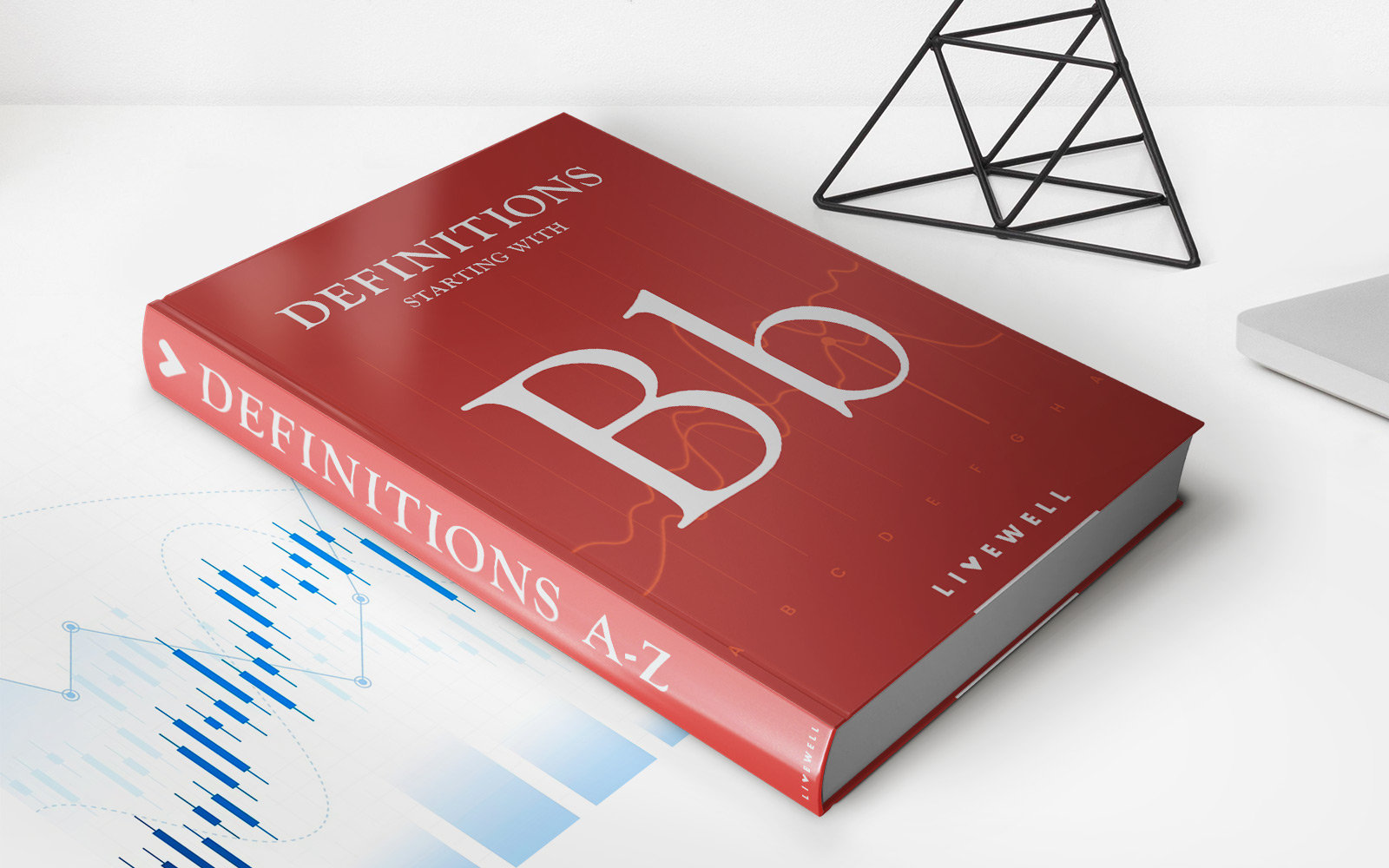

Finance
Buydown: Definition, Types, Examples, And Pros & Cons
Published: October 21, 2023
Learn about the different types, examples, and pros & cons of finance buydowns. Find the definition of buydown and how it can impact your financial situation.
(Many of the links in this article redirect to a specific reviewed product. Your purchase of these products through affiliate links helps to generate commission for LiveWell, at no extra cost. Learn more)
What is a Buydown?
Are you considering buying a home or a car and wondering how you can lower your monthly payments? If so, you may have come across the term “buydown.” In this article, we will explore the concept of buydowns and provide you with all the information you need to know about them.
Key Takeaways:
- A buydown is a financial strategy that involves paying an upfront fee to reduce the interest rate on a loan.
- Buydown programs can help borrowers qualify for loans, lower their monthly payments, and make homeownership more affordable.
Types of Buydowns
There are two main types of buydowns: temporary buydowns and permanent buydowns.
1. Temporary Buydown:
In a temporary buydown, the borrower pays an upfront fee to reduce the interest rate for the first few years of the loan. This means that the borrower’s monthly payments will be lower during the initial period, allowing them to save money or qualify for a larger loan amount. After the temporary buydown period ends, the interest rate and monthly payments will increase to the original terms of the loan.
Example:
Let’s say you are purchasing a home and opt for a 2-1 buydown. The interest rate for the first year is 3%, the rate for the second year is 4%, and the rate for the remaining term is 5%. By paying an upfront fee, you can enjoy lower monthly payments during the first two years, making your homeownership journey more manageable in the early stages.
2. Permanent Buydown:
In a permanent buydown, the borrower pays an upfront fee to permanently reduce the interest rate throughout the entire loan term. This type of buydown can be useful if you plan to stay in the property for a long period, as it allows you to enjoy lower monthly payments for the duration of the loan.
Example:
Imagine you are purchasing a car and decide to opt for a permanent buydown. You pay an upfront fee to reduce the interest rate from 6% to 4% for the entire loan term. As a result, you benefit from lower monthly car payments throughout the life of the loan.
Pros & Cons of Buydowns
Like any financial strategy, buydowns have their advantages and disadvantages. Let’s take a look at both:
Pros:
- Lower Monthly Payments: By paying an upfront fee and reducing the interest rate, buydowns can significantly lower your monthly payments, making homeownership or car ownership more affordable.
- Qualify for Larger Loan Amounts: Buydowns can help you qualify for a mortgage or a car loan for a larger amount since your initial payments are reduced.
- Predictable Budgeting: With a buydown, you have more control over your budgeting since you know what your monthly payments will be during the initial period or for the entire loan term.
Cons:
- Upfront Costs: Buydowns require an upfront fee, which can be a significant expense. It’s essential to consider whether the long-term savings in monthly payments outweigh the initial cost.
- Short-term Benefits: Temporary buydowns only provide lower rates for a limited period. Once the buydown period ends, your monthly payments will increase to the original terms of the loan.
- Interest Rate Fluctuations: If interest rates decrease significantly after you opt for a buydown, you may not benefit from the full potential savings.
Now that you have a better understanding of buydowns, you can decide if it’s a viable option for your financial situation. If you’re considering a buydown, make sure to weigh the pros and cons, calculate the potential savings, and consult with a financial advisor or mortgage professional.
At [your company name], we strive to provide you with the information and resources you need to make informed decisions about your finances. If you have any further questions or require assistance, feel free to contact us. Happy home or car shopping!
Key Takeaways:
- A buydown is a financial strategy that involves paying an upfront fee to reduce the interest rate on a loan
- Buydown programs can help borrowers qualify for loans, lower their monthly payments, and make homeownership more affordable

